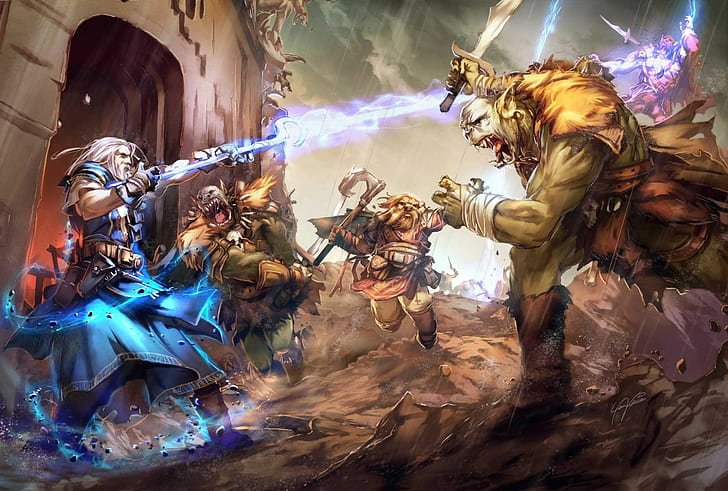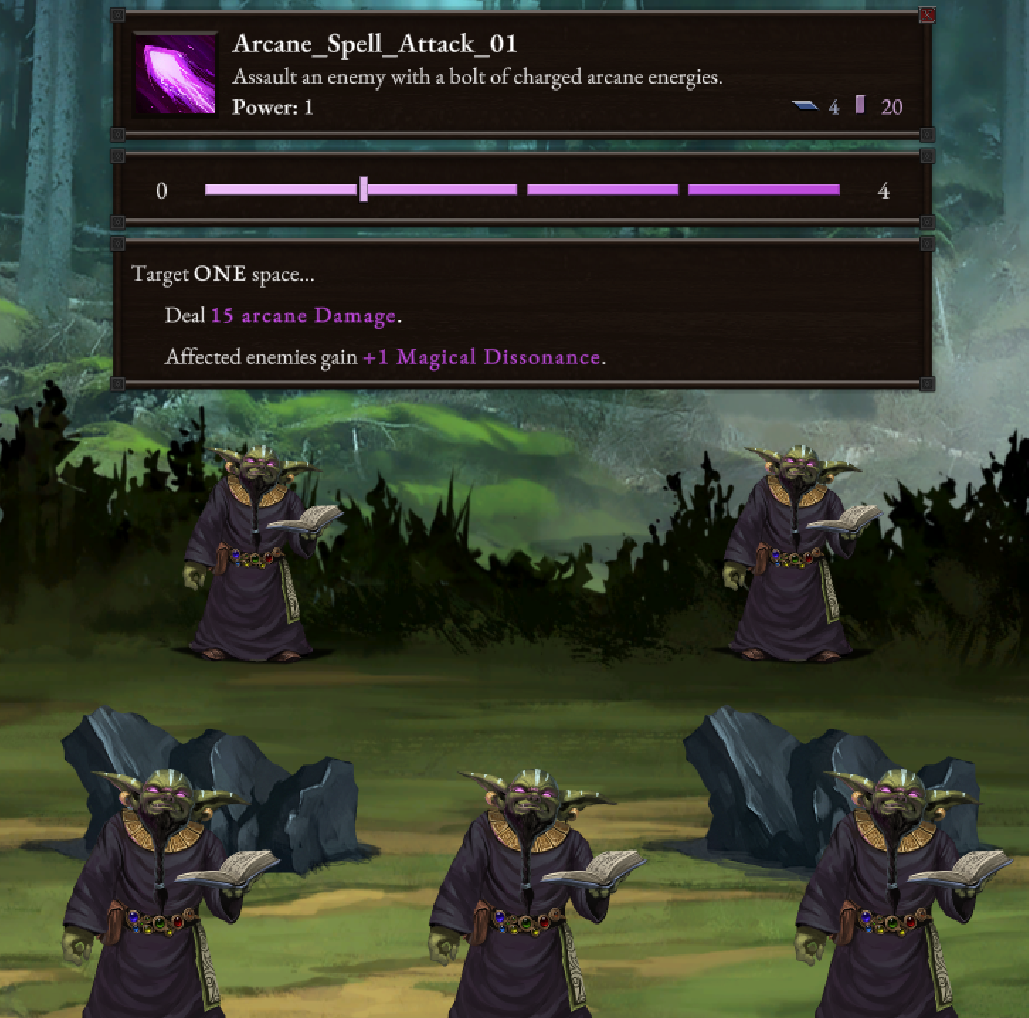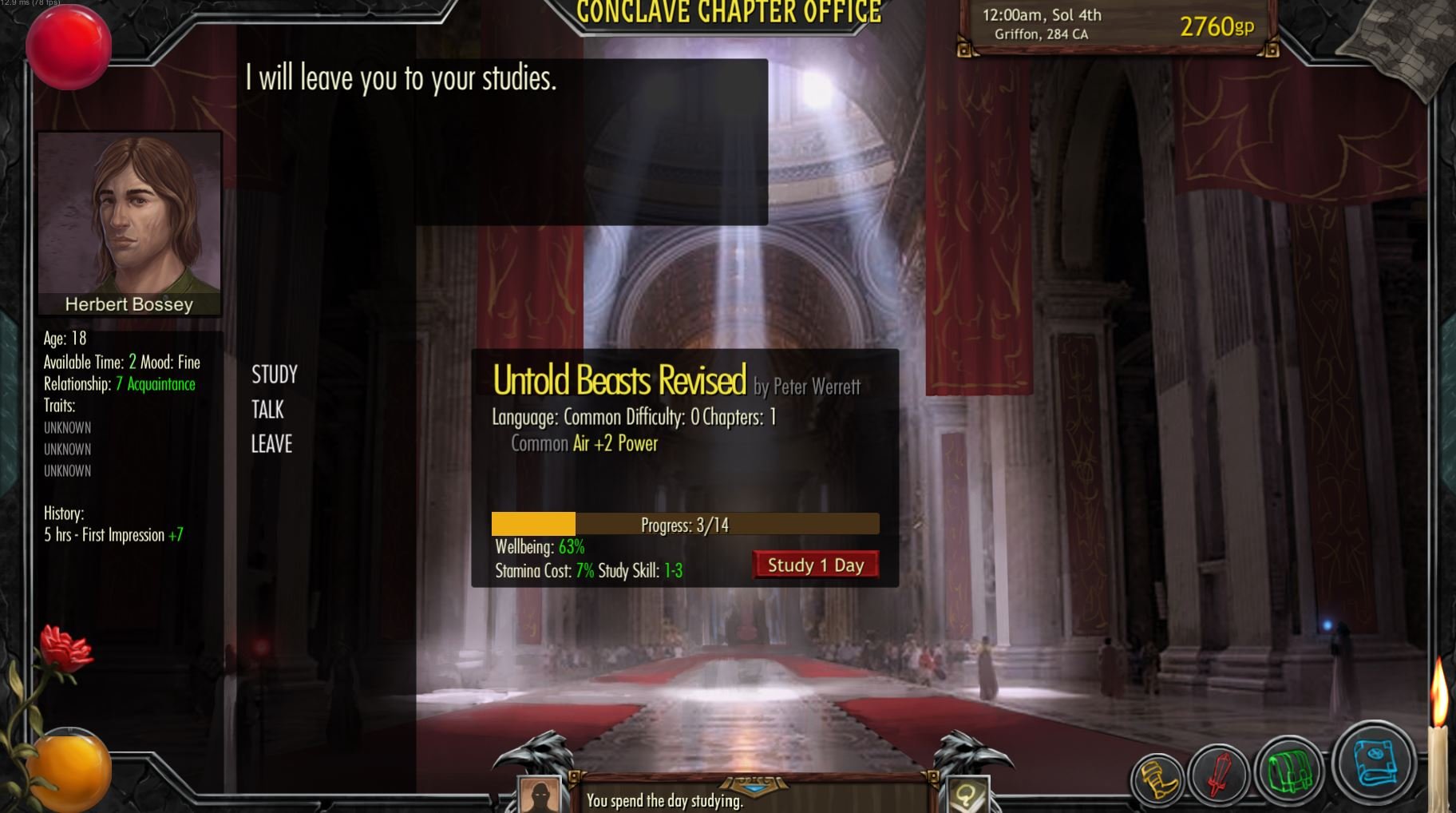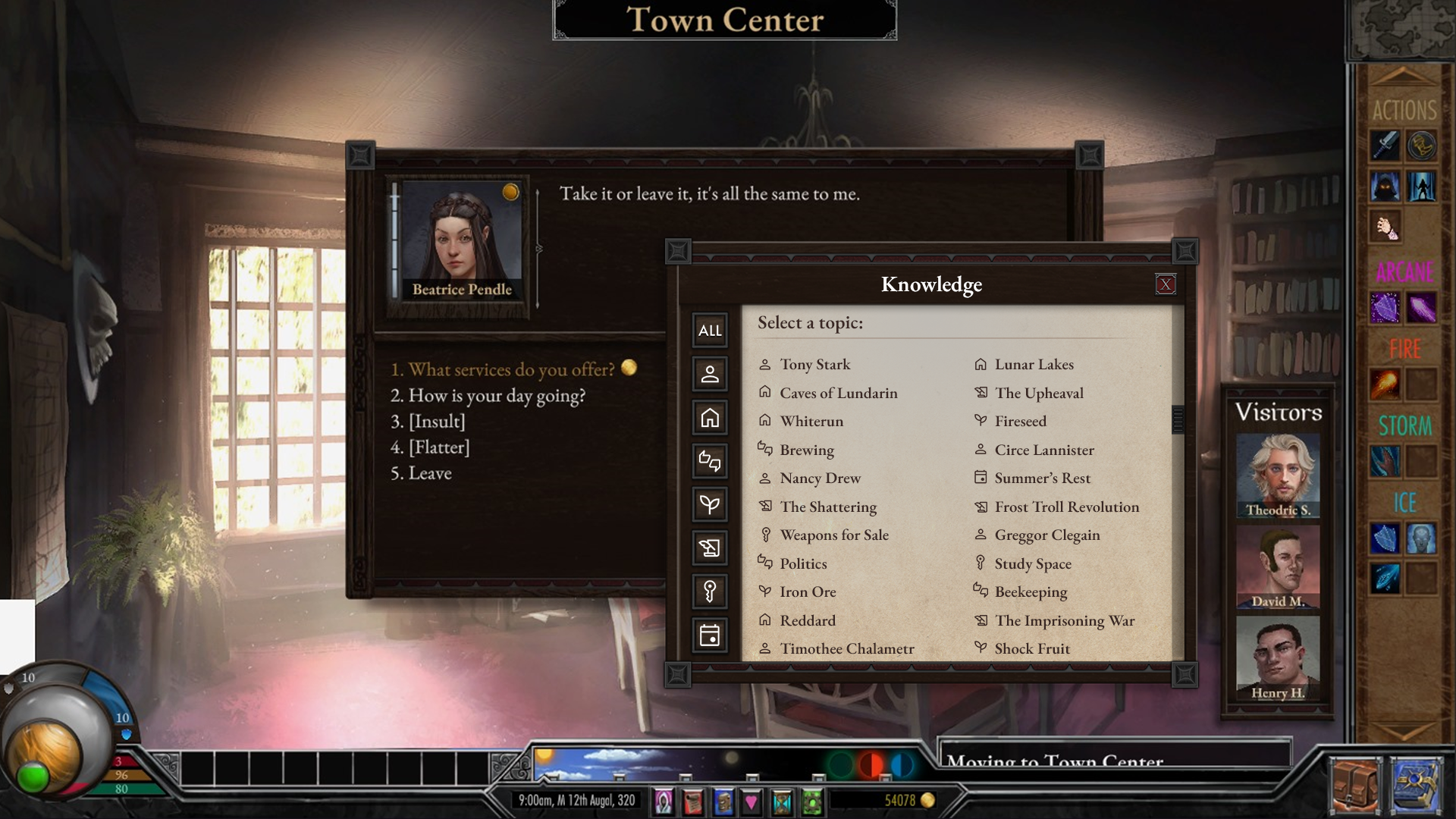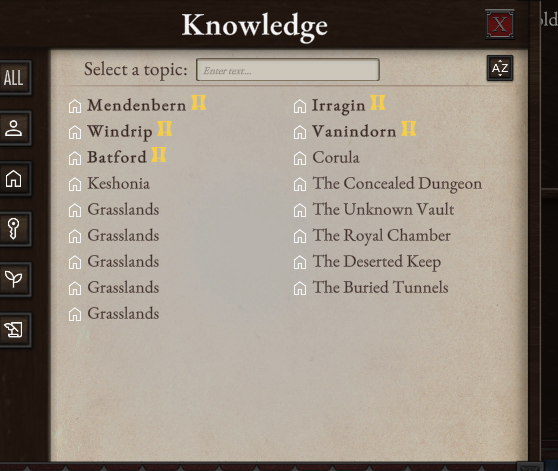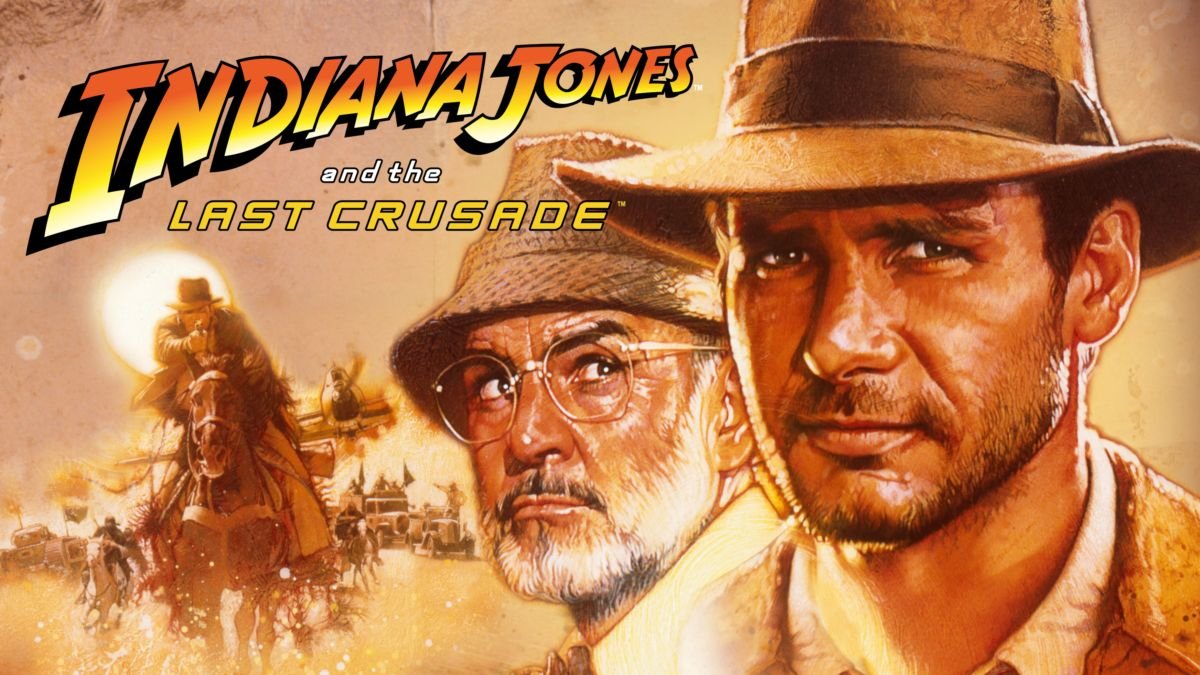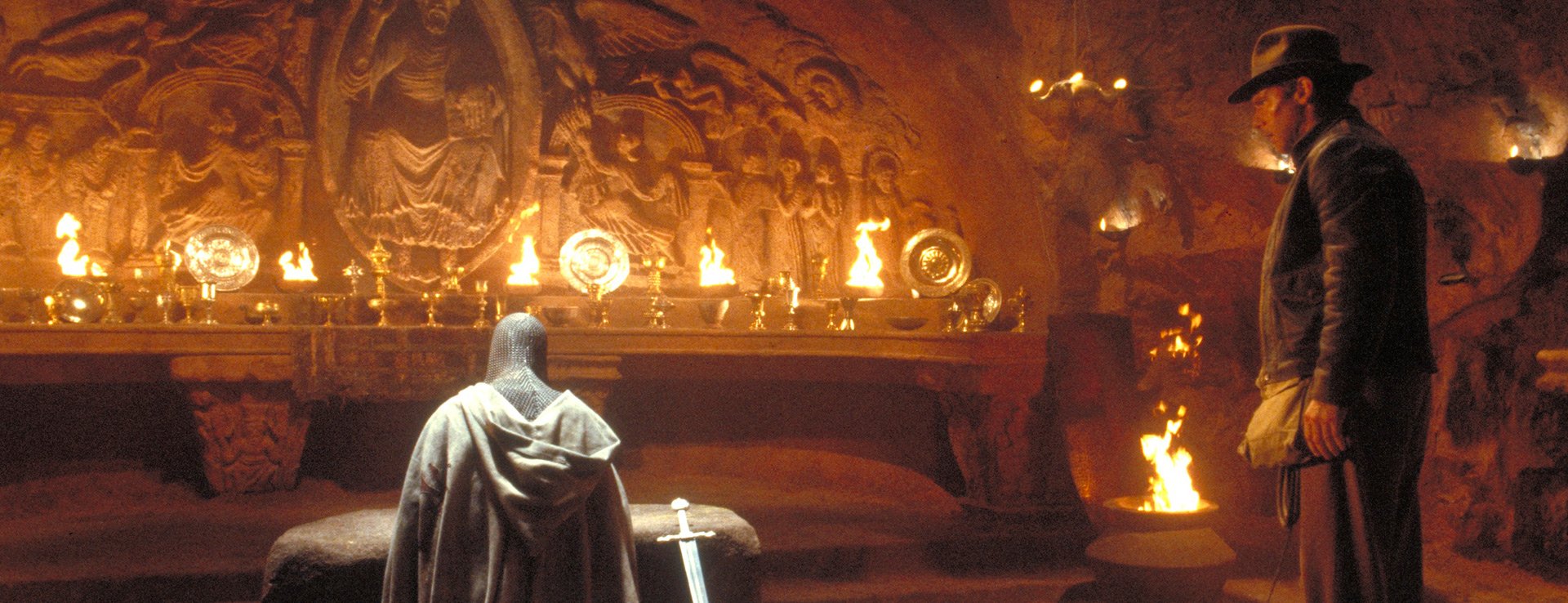
Nov 21, 2023
Archmage Rises - philmacnevin
First off, we want to say a huge thanks to our amazing community here for Archmage Rises. You have contributed so many great ideas and feedback that has really shaped not only what Archmage Rises has become today, but also the future of the game.
As we stride forward to conjure up more features and content for the game, we would love to humbly ask you to share your love and passion for Archmage Rises by nominating our game for this year's Innovative Gameplay Award during the Steam Awards 2023.
Your support in this (and in the community in general) means the world to us! A big thanks from the whole team here at Defiance!

As we stride forward to conjure up more features and content for the game, we would love to humbly ask you to share your love and passion for Archmage Rises by nominating our game for this year's Innovative Gameplay Award during the Steam Awards 2023.
Your support in this (and in the community in general) means the world to us! A big thanks from the whole team here at Defiance!





